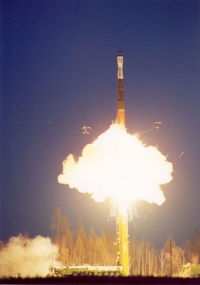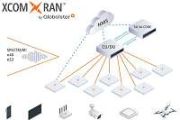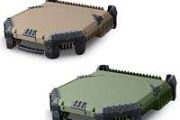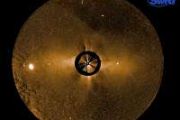Start-1 is a Russian satellite launch vehicle based on the RT-2PM Topol, a Soviet intercontinental ballistic missile developed by Moscow Institute of Thermal Technology.
The Start-1 launch vehicle derives its name from the Strategic Arms Reduction Treaty (START I) between the United States and the Soviet Union.
The Start-1 rocket is unique amongst launch vehicles in that its launch platform is mobile, allowing for the Start-1 to potentially launch from anywhere. The Start-1 launches from an unmodified Topol Transporter-Erector-Launcher (TEL). The TEL is a massive fourteen-wheeled vehicle, six of which pivot for steering. The launch vehicle is transported and launched inside a mobile Transport and Launch Carrier (TLC) carried by the TEL. The TLC consists of an air-tight composite cylinder that protects the launch vehicle and payload from variations in temperature and humidity. The TLC lays in the middle of the TEL lengthwise and bisects the driver's cab in two.
A version of the Start-1 rocket, simply called Start, was developed in parallel with the Start-1 program. Start differed from Start-1 by using the second stage of the Start-1 twice, giving it a total of five stages. With the extra stage, payload to LEO was increased to 850 kg.








































































